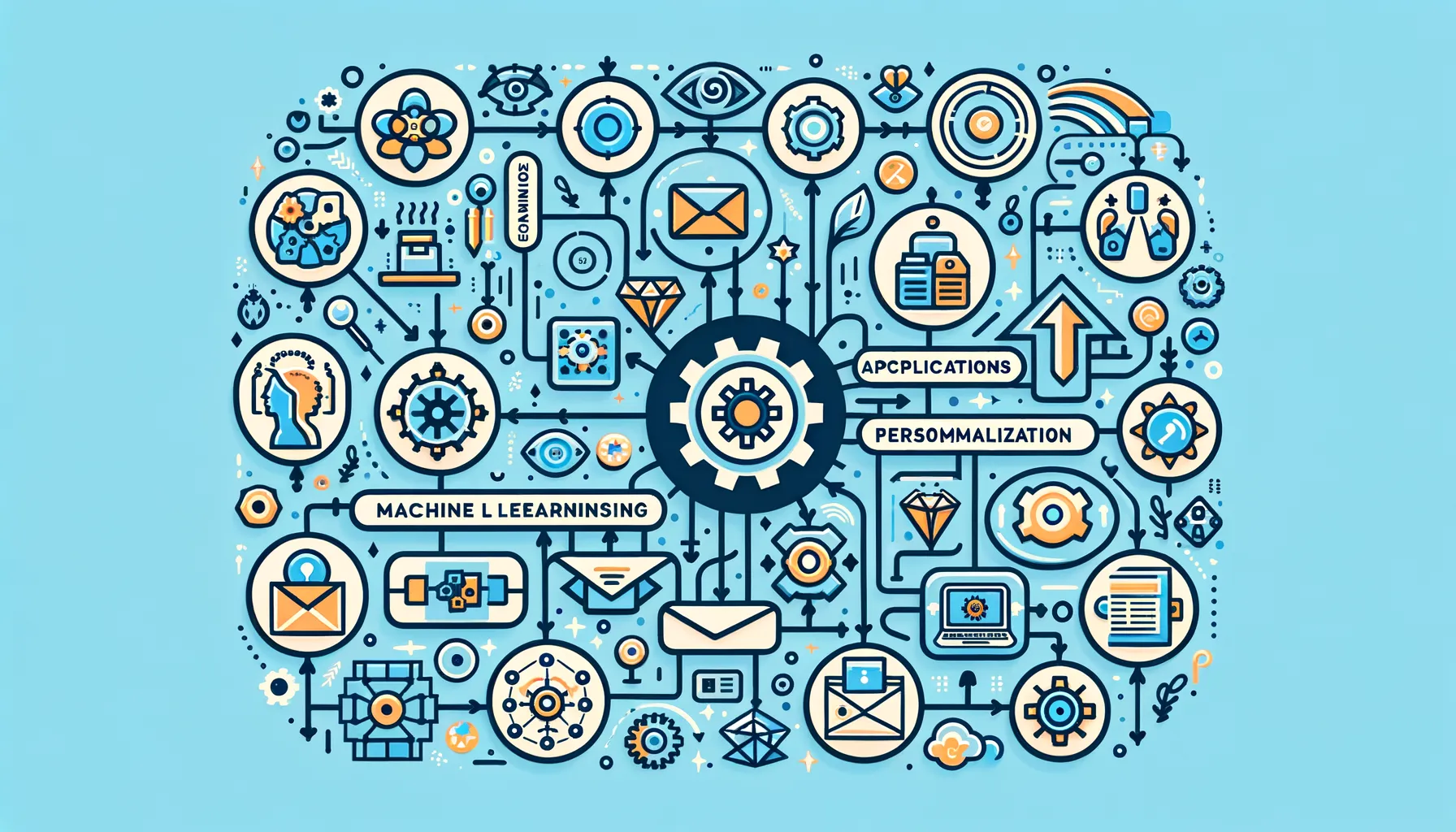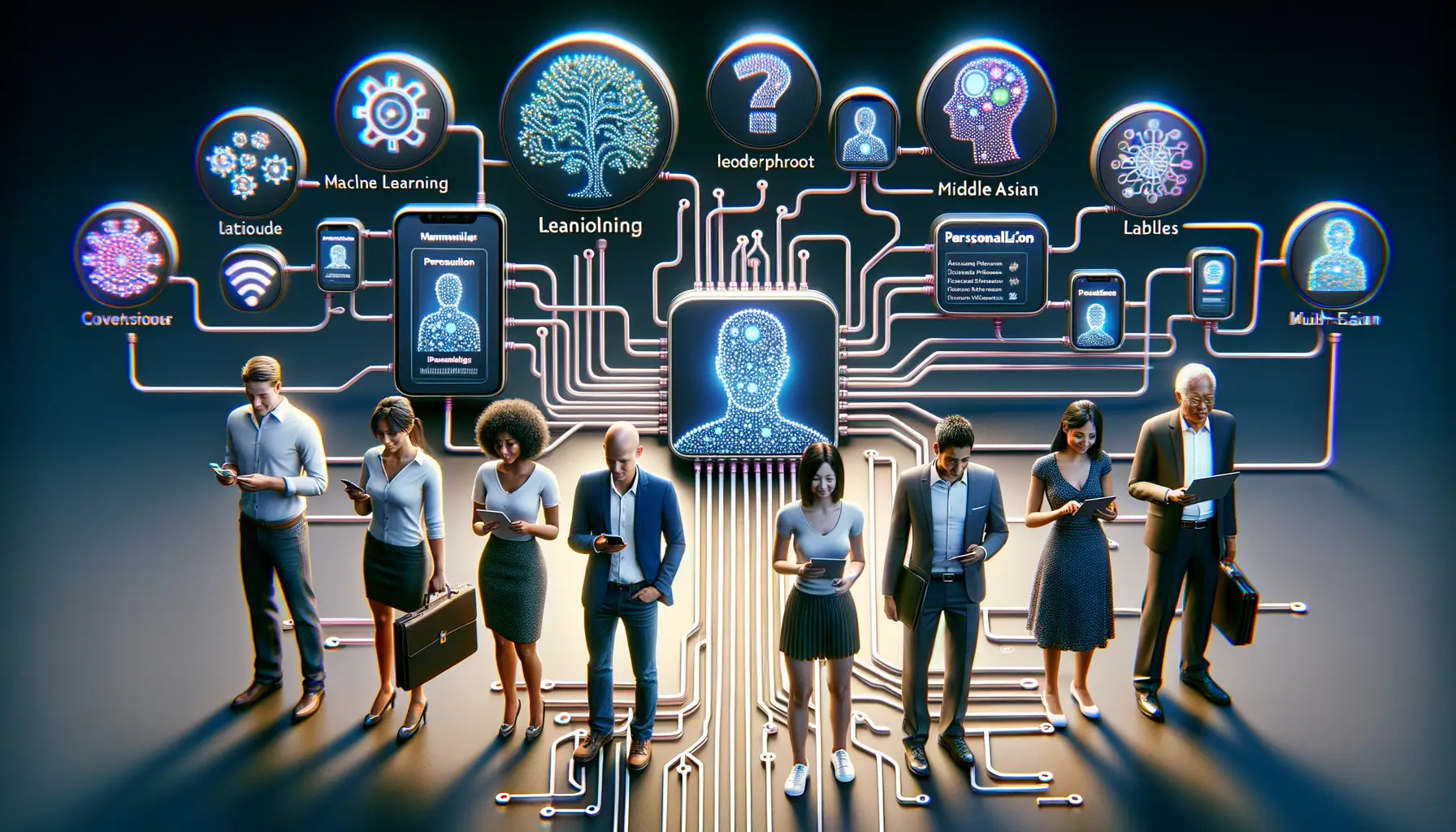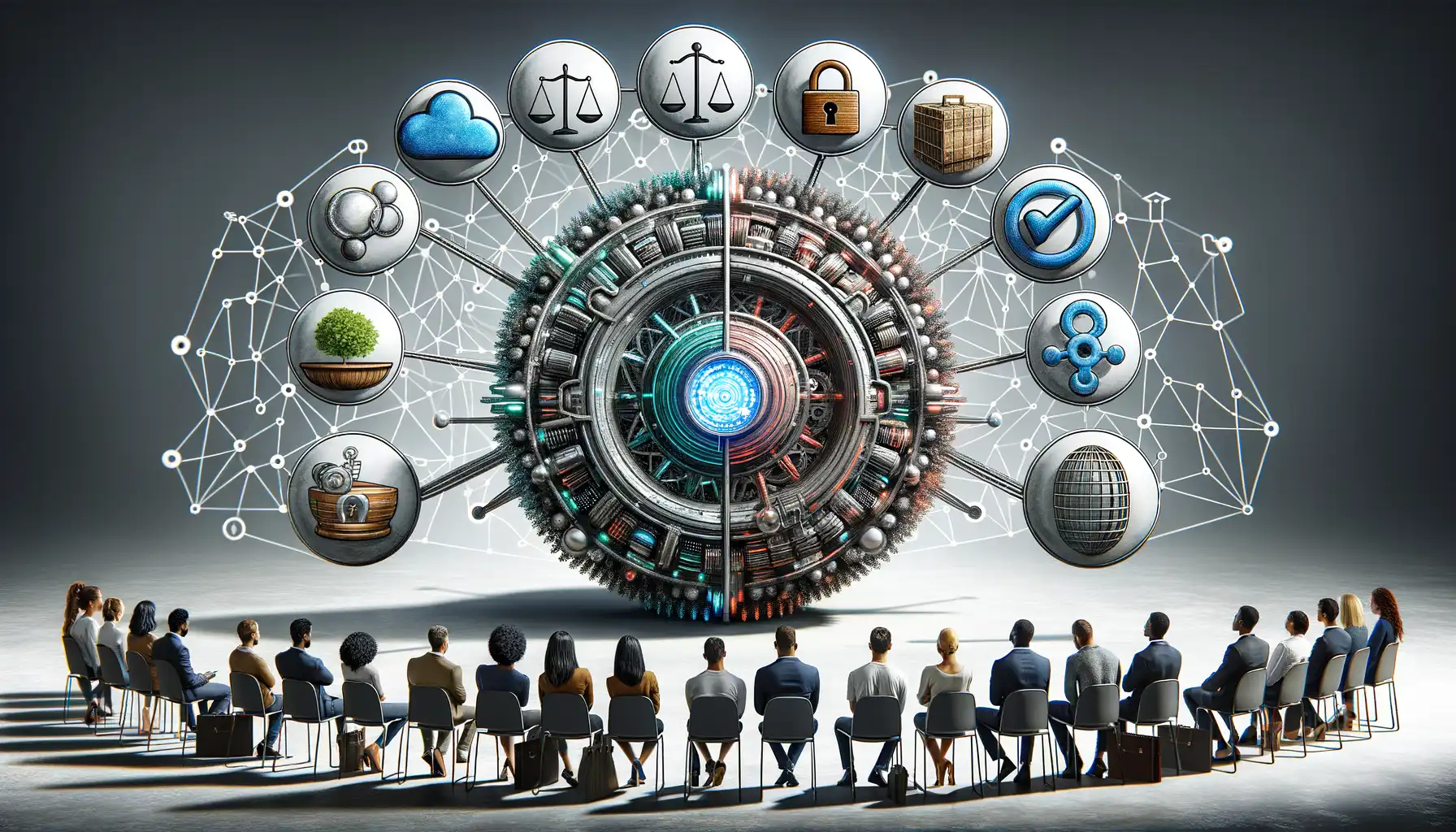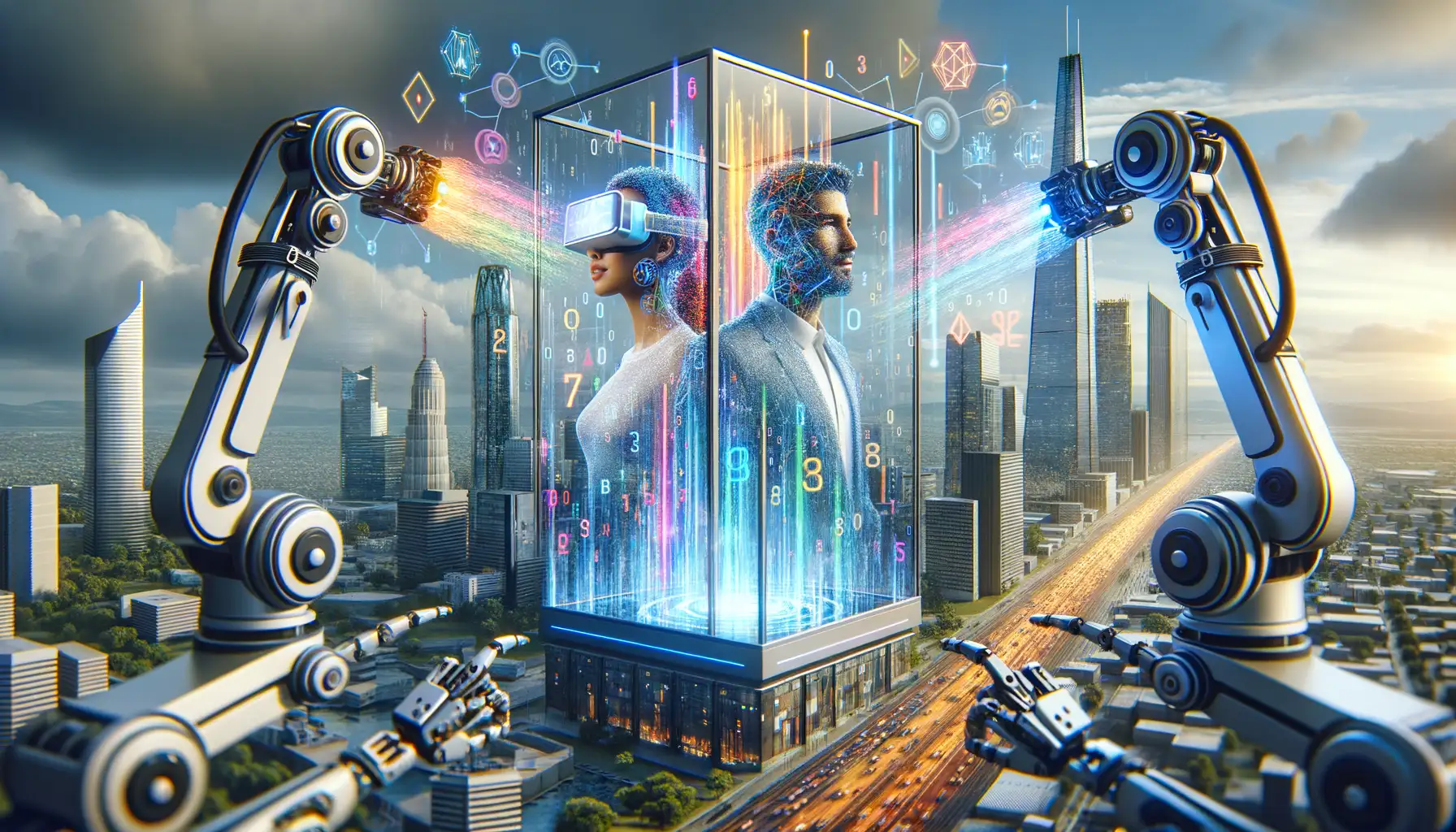Introduction to Machine Learning in Personalized Technology
Imagine a world where your technology feels like it truly “gets” you—like it’s reading your mind (in the best possible way). That’s not magic; that’s the power of Machine Learning (ML), the unsung hero behind personalized tech. At its core, ML learns from data—your preferences, behaviors, quirks—and adapts to create solutions that feel tailor-made for you.
How Machine Learning Creates Tech That Knows You
Picture this: You open your favorite streaming app, and it serves up a playlist so perfect it’s as if it’s seen inside your soul. Or, consider an online store that seems to predict what you need before you even know yourself. What’s going on here? Algorithms powered by ML are quietly working in the background to analyze patterns in your actions and make uncanny predictions. From subtlety to precision, they absorb massive amounts of data and decode it faster than humanly possible.
- Natural Language Processing (NLP): Think chatbots that sound genuinely helpful, not robotic.
- Recommendation Engines: Netflix, Spotify, Amazon—they’re all using it to craft experiences as unique as fingerprints.
Machine Learning is like having a digital assistant who doesn’t just work for you—it grows alongside you, evolving with every click, scroll, and search.
Key Applications of Machine Learning in Personalization

Transforming User Experiences Through Smart Recommendations
Imagine stepping into a store where every item seems handpicked just for you. That’s the magic of machine learning (ML) at work in personalization. With sophisticated algorithms, ML goes beyond simple data patterns to predict what you need – sometimes before you even realize it yourself. Think of how Netflix knows exactly what show will keep you hooked or how Spotify curates playlists that feel like they were crafted for your soul. It’s not intuition, it’s ML tailoring itself to your preferences.
One major application? Smarter content recommendations:
- E-commerce platforms: From those “Customers also viewed” suggestions to personalized homepages, ML turns online shopping into a bespoke experience.
- Streaming services: Your next binge-worthy series isn’t random; it’s the result of powerful ML models analyzing viewing patterns.
Dynamic Offers and Seamless Interactions
Ever noticed that email offering just the right discount or a chatbot that anticipates your question? Behind these seamless interactions often lies machine learning. In retail, it powers dynamic pricing tailored to your habits, while in customer service, it enables virtual assistants to decode your mood via tone analysis. Even fitness apps use ML to tweak routines and keep you motivated. The result? A deeply personal, almost human level of engagement – but faster, sleeker, and shockingly intuitive.
Benefits of Machine Learning-Driven Personalized Solutions

Transforming User Experiences with Personalized Insights
Imagine logging into your favorite streaming platform, and it’s as if it’s read your mind: the perfect show pops up, tailored to your exact mood. That’s the magic of machine learning-driven personalization—it’s not just smart, it’s borderline psychic. At its core, this technology crafts experiences so unique, they feel hand-picked just for you.
How does it do this? By analyzing patterns in your behavior and preferences that even you might not consciously notice. For example, a fitness app powered by machine learning doesn’t just suggest random workout plans—it learns from your past performance, your pace, even the time of day you prefer exercising. It’s like having a personal trainer that actually gets you.
- Hyper-relevant recommendations: Think tailored playlists, smarter shopping suggestions, or on-point travel plans.
- Time saved: Instead of wading through irrelevant options, you’re served what you need, exactly when you need it.
Gone are the days of one-size-fits-all. Now, it’s about one-size-fits-YOU, thanks to machine learning’s precision and finesse.
Building Loyalty Through Deep Personal Connections
But let’s talk emotions—because that’s where this really hits home. When brands understand us on a personal level, it feels… human. A fashion website that remembers not just your size but your love for earth-tone jackets? That’s not just service; that’s care. And we respond. We trust. We return.
Machine learning goes beyond data crunching here. It creates an almost intuitive bond between user and product. A food delivery app, for instance, might predict when you’re likely to order based on weather (rainy evenings scream comfort food) or offer discounts on dishes you adore. These small yet meaningful touches keep us coming back.
The result? A dance of loyalty, where customers feel valued, understood, and more willing to engage—again and again.
Challenges and Ethical Considerations in Implementing ML

Peeking into the Shadows: Complexities of Machine Learning
The journey to integrating machine learning (ML) into personalized tech isn’t all sunshine and rainbows. While ML unlocks doors to tailored user experiences, it also invites a fair number of puzzles to solve—as if you’re trying to untangle headphones that’ve been in your pocket too long.
For starters, the data itself can be a double-edged sword. On one hand, rich, detailed user data feeds ML algorithms like premium fuel. But on the other, data often comes riddled with inconsistencies, biases, or straight-up inaccuracies. Picture trying to bake a perfect cake with stale ingredients—your results will be far from ideal.
And let’s talk about the sheer computing power required! Training ML models for personalization gobbles up resources. For smaller businesses, this cost can feel like scaling a financial Everest.
- Unintended biases: Algorithms can unknowingly pick up societal stereotypes.
- Overpersonalization: Too much “tailoring” may make users feel boxed in, losing the joy of discovery.
Navigating the Ethical Tightrope
Ethics is where things get even trickier. Imagine offering someone their dream vacation package, only for them to wonder, “How do they know me this well?” Privacy concerns give pause, especially when leveraging sensitive data like health metrics or spending habits. Transparency is key here, but striking a balance between clarity and overwhelming tech-jargon remains elusive.
Moreover, there’s the moral dilemma of who shoulders responsibility when an ML system makes a poor decision. Is it the creators? The businesses using the tool? Or—an unsettling prospect—nobody at all? ML implementation isn’t just a tech challenge; it’s also a reflection of human accountability. How do we ensure it learns “right” from us, without amplifying our own flaws?
Future Trends in Machine Learning for Personalized Tech

Revolutionizing Personalization with Emerging ML Trends
Machine learning isn’t just advancing—it’s morphing into a whole new beast. As we look ahead, some truly jaw-dropping trends are starting to shape how technology will cater to *you*. Imagine gadgets so intuitive that they can preemptively solve problems before you even realize they exist. That’s the kind of future we’re talking about.
One standout trend? **Federated Learning**. This means your devices—whether it’s your smartwatch or that smart thermostat—can team up, learning from each other without ever sharing your sensitive data to the cloud. Your privacy stays intact while your tech becomes smarter. It’s like having a silent, collaborative assistant, constantly working in the background.
Another fascinating movement is toward **context-aware systems**. Picture this: You walk into your home after a stressful day, and based on your tone of voice or slight changes in behavior, your surroundings adjust. Music lowers, lighting softens—it feels as if the house genuinely *understands* you.
Is the world moving toward a future that reads like science fiction? With these trends, it sure feels like it.
